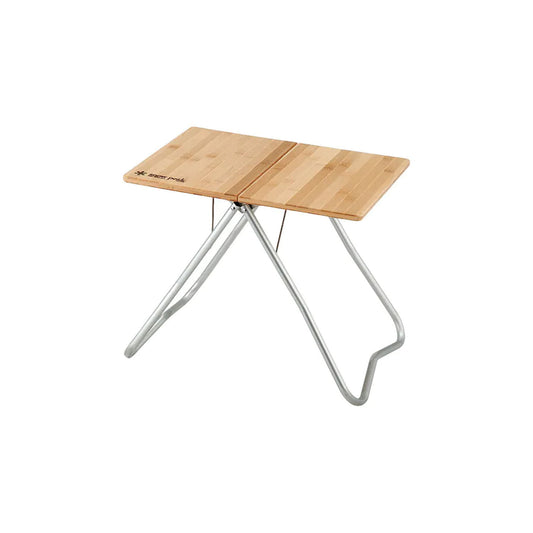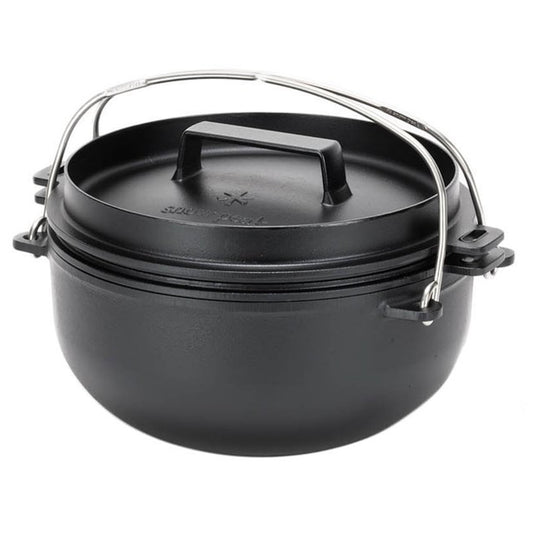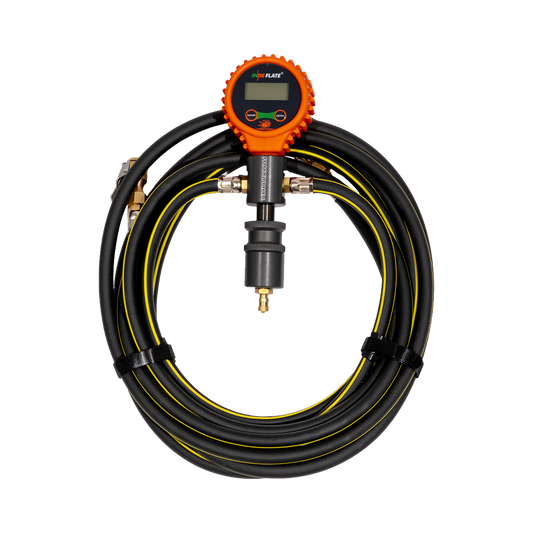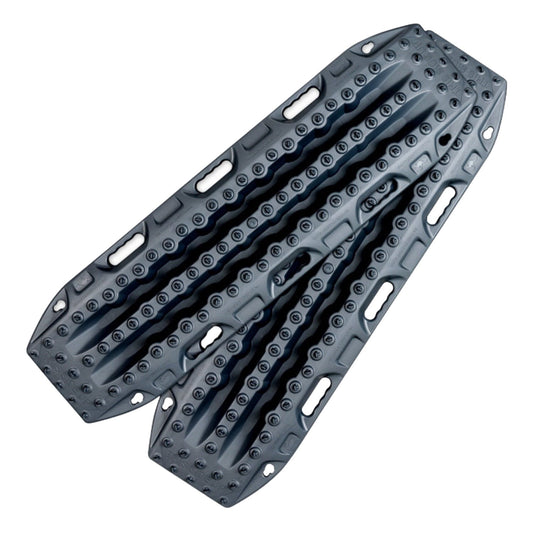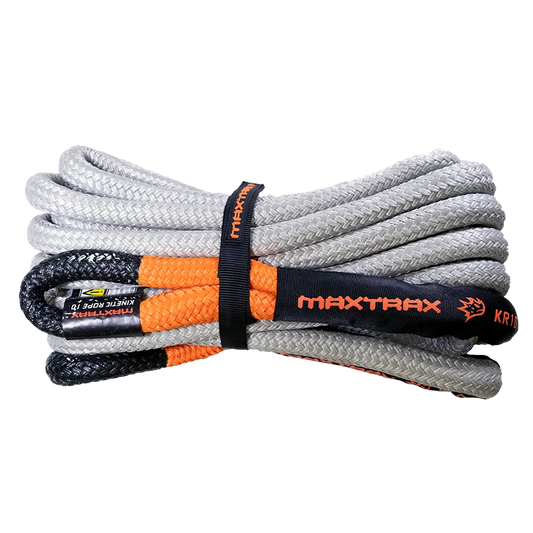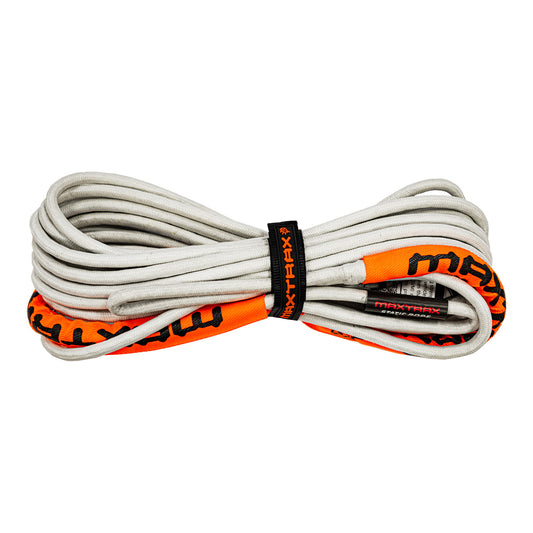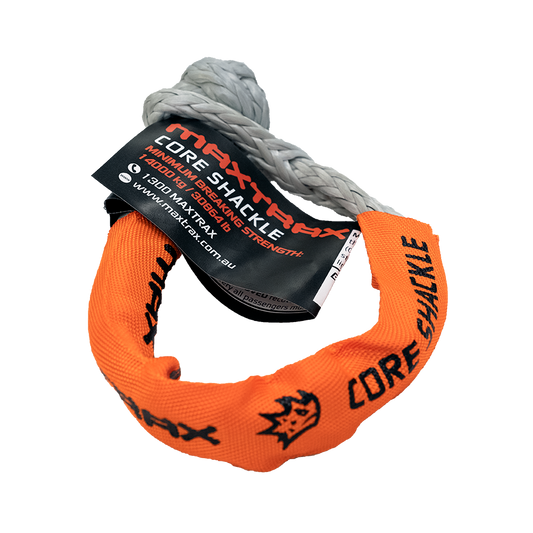
Our Review Setup
I decided to fit three of Redarc’s new 100Ah heavy duty batteries to our recently completed camper trailer project build for this review. The camper is a rugged build, designed to go almost anywhere, plus act as our remote base camp that can last on solar charging alone for extended periods.

I had a shelf fabricated to sit above the batteries. It offers some protection and is easy to remove for servicing. A also mounted a simple strap to secure my solar blanket. It stops it sliding around and makes it quick to deploy.

A also mounted some simple elastic retainers to position the cables at the ready.

While I chose to install a gas cooker to save on power consumption, the camper has a 40L fridge plus a 40L freezer, an electric hot water system, water pump, an inverter and some LED lights. Plus, I wanted the capacity to ride out cloudy days or leave the camper to head off on multi-day hikes.

Our Testing
Rugged Terrain
We recently returned from the Kimberley in Western Australia from an ~8,000km trip that included rough conditions into Purnululu National Park, across the Gibb River Road and up to the Mitchell Plateau. As I would expect from this South Australian company, the Redarc Lithium Batteries simply worked.
Heavier Usage
While we built our camper to be rugged first, we have added some comforts like a Duoetto MKII electric hot water system and two Evakool 40L fridge/freezers. These items can be demanding on power, so I wanted to build a power system that could run them trouble-free. With our system, it’s easy enough to boil water for washing on the gas when power gets low, but I wanted to be sure that we could at least keep powering the fridge/freezers, even in non-ideal conditions.

Slowing Down
While on some trips, like travelling across the Simpson Desert, we are on the move every day. So with DC to DC (from the vehicle) charging alone, we can easily keep our battery system charged.
But on other trips, we like to slow down and enjoy living comfortably off-grid in someplace wild. We usually only need enough power to get through the night in good weather as our Redarc 190W Solar Blanket will top up the system during the day. The challenge, though, is during extended stays with not so great weather. Having an extensive 300Ah system allows us to go backwards for several days before we might have to resort to running the engine as a generator. We usually get some input from solar on the cloudy days and can make it until the sun shines again and we can start replenishing our Redarc Lithium Batteries.

We also have a Redarc Anderson Parallel Cable. This cable allows us to use our LandCruiser’s Redarc 150W Solar Blanket combined with our camper’s 190W to give a 340W solar setup and get power into the camper trailer fast.
Typically, the Cruiser uses less power, plus we often do some short drives exploring, so it gets a DC to DC top-up as well. So borrowing its solar blanket from time to time works out ok.
Multi-Day Side Trips
With our new camper, we have lots of storage space to bring some of our other adventure gear along with us. So we twice left the trailer parked up with the fridge and freezer running and headed off on our recent Kimberley trip.
The first trip was a three-day hike up Piccanniny Gorge in Purnululu National Park. We draped our Redarc Solar Blankets over the camper, which we had to leave in the blazing sun, one for the trailer and one for the Cruiser, cable-tied them in place and headed off.

We returned from this breathtaking hike hot and grimy, so having cold drinks and enough power left to crank up our hot shower was sensational!

The second trip was a three-day canoe trip down the Ord River. Luckily we could leave the camper in the shade and the side doors open for extra ventilation, but there was no place to catch any sunshine. So again, we headed off, this time in our loaded canoe, and three days later, we arrived downstream in Kunnunnurra, and our fridge and freezer were still running, and with no solar!

The Redarc Lithium Batteries Range
There are four batteries to choose from in the Redarc range. These are LiFePO4 lithium deep cycle batteries designed as secondary or house batteries but aren’t recommend to be used as a cranking battery to start your vehicle.
Redarc Lithium Batteries promises both performance and battery life. They include an internal Battery Management System (BMS) to monitor and optimise each cell during use and protect the battery from overcharge, over-discharge and short circuits.
When paired with the Redarc Manager 30 charger and RedVision Total Vehicle Management System (TVMS), you can see the state of charge as well as graphs showing both your state of charge and usage history. This is a great overlanding/touring charging system and we have it installed in both our LandCruiser and camper.


Choosing Your Size
If you are unsure how many batteries to choose, build the space into your vehicle build or camper trailer to accommodate an additional battery. Also, be mindful that most of us now choose to travel with more powered devices than ever before, and you may be consuming more power than you think.

If you drive for long enough periods every day, your batteries will return to 100% charge, and smaller sized battery banks usually will get you through the night.
If you like to stop and spend time at places along the way, solar is the popular choice, and extra battery capacity will allow you to ride out more extended periods without sunshine.



